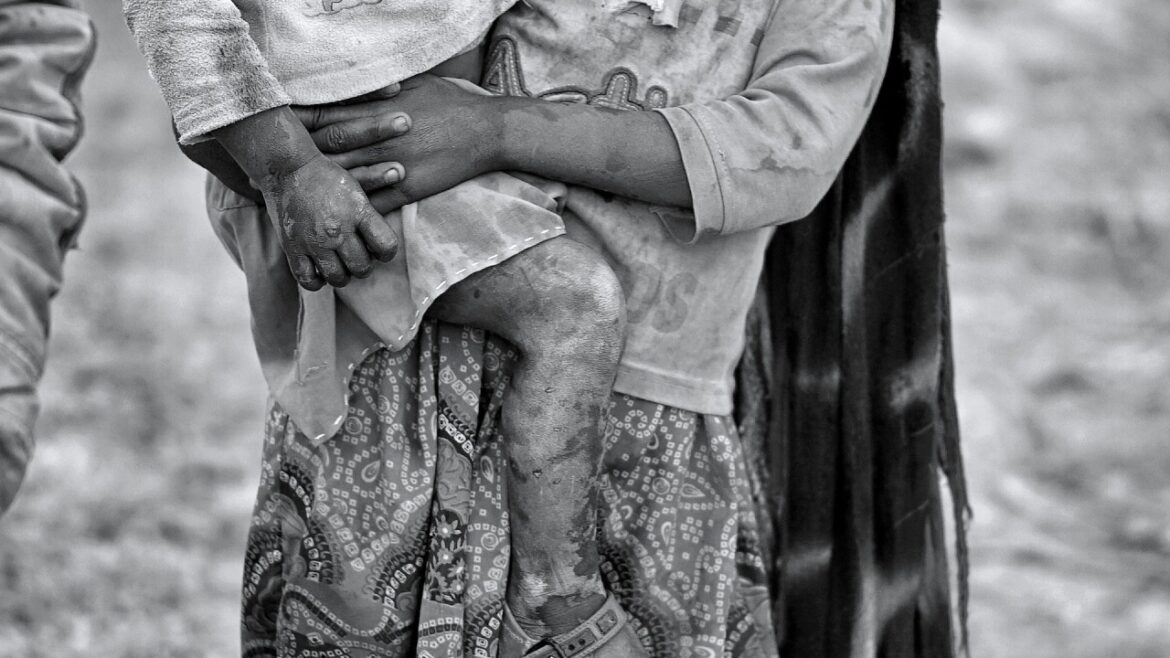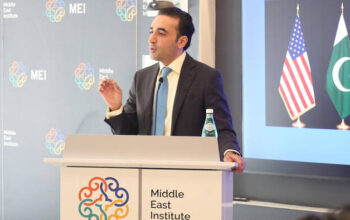By Staff Reporter
ISLAMABAD: Nearly half of Pakistan’s population is living below the poverty line, according to a World Bank report released on Thursday, a stark finding driven by the institution’s recent update to global poverty standards rather than a deterioration in the country’s economic conditions.
The report, drawing on a 2018-19 household survey, pegs Pakistan’s poverty rate at 44.7 percent under the new $4.20-per-day threshold for lower-middle-income countries, up from 39.8 percent under the previous $3.65 benchmark. Similarly, the share of Pakistanis in extreme poverty, defined as living on less than $3 a day, the new standard for low-income countries, has jumped to 16.5 percent from 4.9 percent under the old $2.15 line.
The World Bank stressed that these higher figures do not signal worsening living standards. “The revision in global poverty lines does not suggest that poverty in Pakistan has worsened as living standards of the population have not changed to what was previously reported,” Christine Wieser, a World Bank poverty expert, said at a news conference in Islamabad.
Instead, the shift reflects updated poverty lines designed to account for changes in the cost of living and consumption habits worldwide, based on 2021 purchasing power parity (PPP) rates.
The World Bank periodically revises its international poverty lines to ensure they remain relevant as global economic conditions evolve. The latest update sets new benchmarks: $3 per day for low-income countries, $4.20 for lower-middle-income countries like Pakistan, and $8.30 for upper-middle-income countries. These replace the previous thresholds of $2.15, $3.65, and $6.85, respectively.
For Pakistan, the adjustment has significant implications. Under the $3 line, 16.5 percent of the population is now classified as extremely poor, with roughly 82 percent of that increase attributed to the higher value of the new international poverty line, reflecting rising national poverty lines in comparable countries, and 18 percent due to price increases in Pakistan between 2017 and 2021, as captured in the updated PPP data.
At the $4.20 line, the poverty rate rises to 44.7 percent, though the bank noted that while the level of poverty has shifted, the underlying trends remain unchanged.
Under the $8.30-per-day threshold for upper-middle-income countries, a striking 88.4 percent of Pakistanis would be considered poor, up from 84.5 percent at the prior $6.85 line, a figure that underscores the country’s economic fragility despite its lower-middle-income status.
Wieser explained that the new lines set a higher bar for being considered “non-poor,” reflecting improved consumption measurements in low-income countries and an acknowledgment that poverty thresholds tend to rise as nations grow wealthier. “For Pakistan, the poverty rate based on the new $3 international poverty line under 2021 purchasing power parity is 16.5 percent, compared to 4.9 percent under the previous $2.15 line,” the World Bank said in its report. Similarly, “the poverty rate under the $4.20 IPL line rose from 39.8 percent to 44.7 percent.”
The international poverty line, first introduced as “$1-a-day” in 1990, has evolved over decades, from $1.25 in 2005, to $1.90 in 2011, to $2.15 in 2017, and now $3 for low-income countries. The latest jump, a 40 percent increase from $2.15, is driven 60 percent by higher national poverty lines and 40 percent by global price increases between 2017 and 2021. For lower-middle-income countries, the line rose 15 percent to $4.20, and for upper-middle-income countries, it increased 20 percent to $8.30.
These benchmarks, rooted in the average poverty lines of the world’s poorest nations and adjusted for purchasing power, enable cross-country comparisons. But Wieser cautioned that they differ from the national poverty lines countries like Pakistan use to shape policy. “Countries use their own national poverty lines and surveys to monitor the evolution of poverty and guide anti-poverty policies and investments,” she said in response to a question about whether the update suggested past policies were off-target.
Pakistan has not conducted a household income survey since 2018-19, leaving the World Bank’s findings as the most recent snapshot based on that data. A more current assessment is on the horizon: the Pakistan Poverty and Resilience Assessment (PERA), due in September, will offer fresh insights into poverty trends over the past two decades, with a focus on spatial disparities and fiscal equity.
Copyright © 2021 Independent Pakistan | All rights reserved




